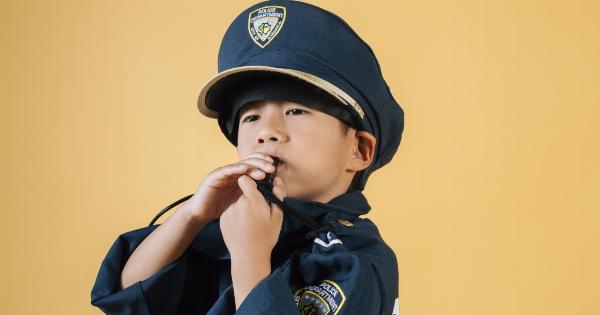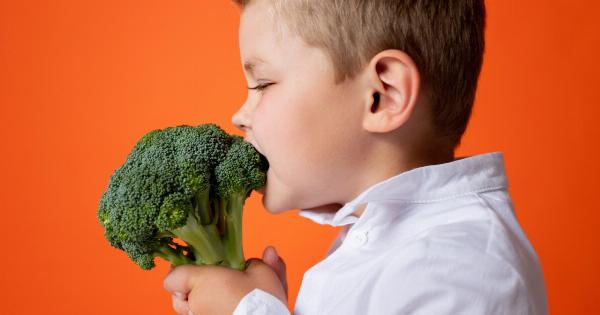Asthma is a chronic respiratory disease that affects millions of children worldwide. The condition can cause inflammation and narrowing of airways, leading to breathing difficulties and other symptoms like coughing, wheezing, and chest tightness.
As a parent or caregiver, it’s important to be able to recognize the signs of asthma in children, so you can take appropriate action and get them the care they need.
1. Look for common symptoms
The most common symptoms of asthma in children include:.
- Coughing, particularly at night or early in the morning
- Wheezing or whistling sound when breathing
- Tightness or pain in the chest
- Shortness of breath, especially during physical activity or exercise
- Rapid breathing
- Difficulty breathing or gasping for air
If your child experiences any of these symptoms regularly, it’s important to talk to their healthcare provider.
2. Monitor your child’s breathing
One of the most effective ways to detect asthma in children is to monitor their breathing. Pay attention to how often and how forcefully your child breathes, especially when they’re active or playing.
If they seem to be breathing harder or faster than usual, or if they’re having trouble catching their breath, it could be a sign of asthma.
You can also use a peak flow meter to measure your child’s lung function. This device measures how fast your child can blow air out of their lungs.
Your child’s healthcare provider can show you how to use a peak flow meter at home and how to interpret the results.
3. Check for allergies
Allergies are often linked to asthma in children. If your child has allergies, they may be at higher risk of developing asthma. Common allergens like dust mites, pollen, and pet dander can trigger asthma symptoms in some children.
If you suspect your child has allergies, talk to their healthcare provider about allergy testing. Identifying and avoiding allergens can help reduce asthma symptoms and prevent asthma attacks.
4. Keep track of your child’s symptoms
To help diagnose asthma in children, it’s important to keep track of their symptoms over time. Be sure to note when symptoms occur, how long they last, and what seems to trigger them.
This information can help your child’s healthcare provider make an accurate diagnosis.
Consider keeping a symptoms diary or journal to track your child’s asthma symptoms. This can be a helpful tool for identifying patterns and triggers.
5. Get a diagnosis from a healthcare provider
If you suspect your child has asthma, it’s important to take them to see a healthcare provider. Your child’s healthcare provider can perform a physical exam, review their symptoms, and run tests to diagnose asthma.
Tests that may be used to diagnose asthma in children include:.
- Spirometry: a test that measures how much air your child can breathe in and out
- Peak flow testing: a test that measures how fast your child can blow air out of their lungs
- Exhaled nitric oxide test: a test that measures inflammation in the airways
- Allergy testing: a test to determine if your child has allergies that could be triggering asthma symptoms
- Chest X-ray or CT scan: a test that creates images of the lungs to check for abnormalities
Based on the results of these tests, your child’s healthcare provider can make a diagnosis and develop a treatment plan to manage their asthma.
6. Learn how to manage your child’s asthma
If your child is diagnosed with asthma, it’s important to work with their healthcare provider to develop a management plan.
This plan may include medications to reduce inflammation and open up the airways, as well as lifestyle changes to reduce exposure to triggers and improve lung function.
Common medications used to treat asthma in children include:.
- Inhaled corticosteroids: reduce inflammation in the airways
- Beta-agonists: open up the airways to improve breathing
- Leukotriene modifiers: reduce inflammation and relax the airways
- Mast cell stabilizers: prevent inflammation and reduce sensitivity to triggers
Other strategies for managing asthma in children may include:.






























